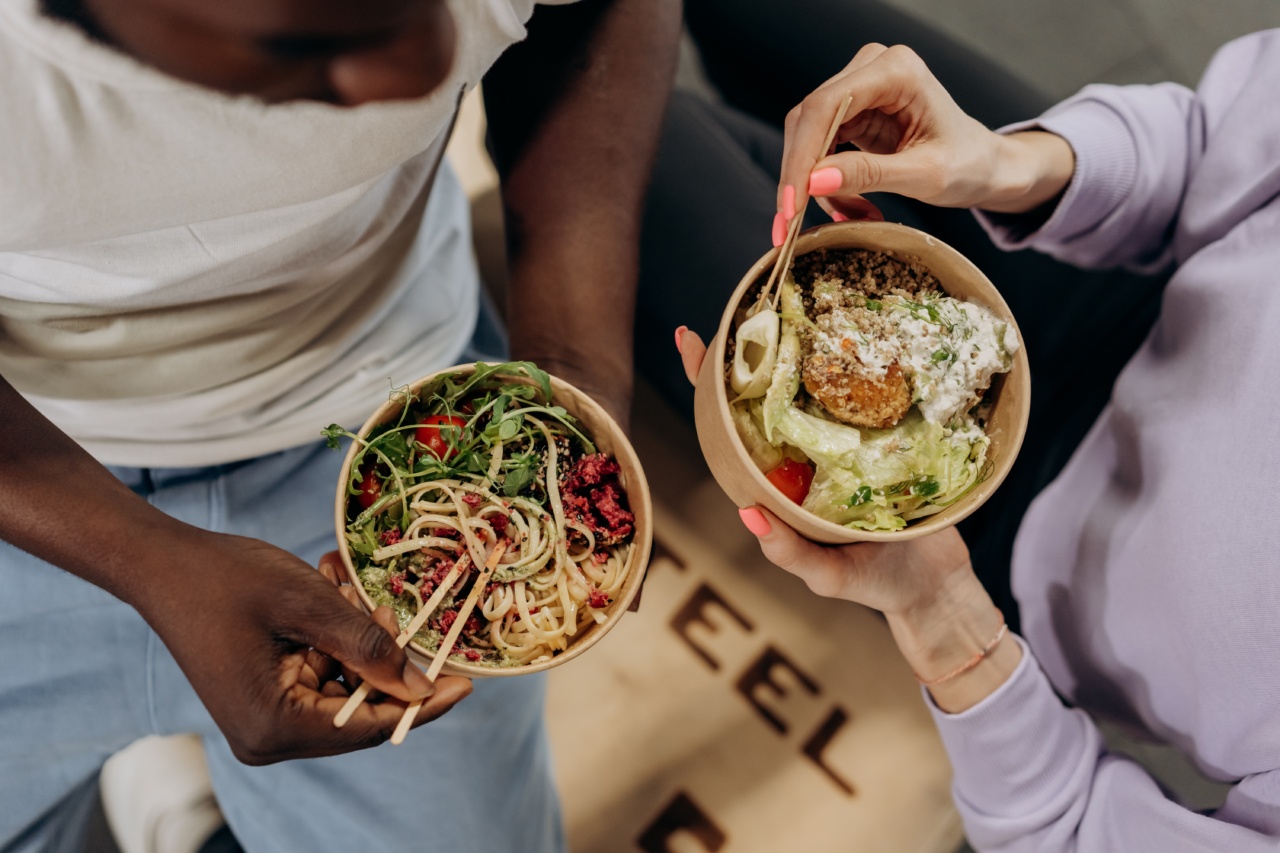Many women experience various physical and emotional changes during their menstrual cycle. From bloating and cramps to mood swings and fatigue, it’s important to prioritize your health and well-being during this time.
One way to alleviate some of these symptoms is through a healthy and balanced diet. Nutritious eating for periods can help regulate hormonal fluctuations, reduce inflammation, and provide the necessary nutrients your body needs.
In this article, we will explore the best foods to eat during your period and how they can positively impact your overall well-being.
1. Incorporate Iron-Rich Foods
During your period, you may experience a loss of blood, which can lead to iron deficiency or anemia. To combat this, it is essential to incorporate iron-rich foods into your diet.
Include foods like spinach, lentils, red meat, and pumpkin seeds to boost your iron levels. Iron aids in the production of red blood cells and helps transport oxygen throughout your body, reducing fatigue and weakness.
2. Increase Calcium Intake
During menstruation, hormonal changes can affect calcium levels in your body. Many women experience a decrease in calcium, which may lead to mood swings and anxiety.
To maintain stable calcium levels, include dairy products, leafy greens, fortified plant-based milk, and almonds in your diet. Calcium not only contributes to strong bones, but it also helps regulate mood and reduce premenstrual symptoms.
3. Emphasize Vitamin D
Vitamin D plays a crucial role in the absorption of calcium and supports overall bone health. During your period, your body may need an extra boost of this essential vitamin. Spend some time outdoors in the sun to naturally get your dose of vitamin D.
Additionally, include foods like fatty fish (salmon, tuna), egg yolks, and fortified dairy or plant-based products in your diet to ensure an adequate intake.
4. Boost Omega-3 Fatty Acids
Incorporating omega-3 fatty acids into your diet can help reduce inflammation and alleviate pain during your period. Fish such as salmon, sardines, and trout are excellent sources of omega-3s.
If you follow a vegetarian or vegan diet, include walnuts, flaxseeds, and chia seeds in your meals. These foods not only reduce menstrual pain but also support brain health and reduce the risk of cardiovascular diseases.
5. Include Fiber-Rich Foods
Fiber is essential for maintaining regular bowel movements, reducing bloating, and easing discomfort during your period. Incorporate whole grains like oats, quinoa, and brown rice into your meals.
Additionally, consume fruits and vegetables such as berries, broccoli, and avocado, which are rich in fiber and provide essential vitamins and minerals.
6. Stay Hydrated
Drinking enough water throughout the day is vital for overall health, especially during your period. Hydration helps reduce water retention and bloating. Additionally, it aids in regulating body temperature and mood swings.
Aim for at least 8-10 glasses of water daily, and include hydrating foods like watermelon, cucumbers, and herbal teas in your diet.
7. Limit Salt and Caffeine
While it’s important to stay hydrated, it is equally important to limit the consumption of salt and caffeine during your period. High salt intake can contribute to water retention and bloating.
Similarly, excessive caffeine consumption can exacerbate symptoms like irritability, anxiety, and breast tenderness. Opt for herbal teas, decaffeinated beverages, and season your food with herbs and spices instead of salt.
8. Incorporate Magnesium-Rich Foods
Magnesium has been shown to relieve period symptoms, including bloating, cramps, and mood changes. Include magnesium-rich foods such as dark chocolate, almonds, cashews, and leafy greens like spinach and kale in your diet.
These foods not only provide essential minerals but also support muscle relaxation and enhance mood stability.
9. Opt for Anti-Inflammatory Foods
Inflammation can contribute to pain and discomfort during your period. Incorporate anti-inflammatory foods into your diet to reduce these symptoms. Include turmeric, ginger, olive oil, green leafy vegetables, and fatty fish in your meals.
These foods possess anti-inflammatory properties that can help alleviate menstrual pain.
10. Listen to Your Body
Lastly, it’s essential to listen to your body and make adjustments according to your individual needs. While there are general guidelines for nutritious eating during periods, every person is unique.
Pay attention to how certain foods make you feel and adjust your diet accordingly. Experiment with different ingredients and recipes to find what works best for you.































